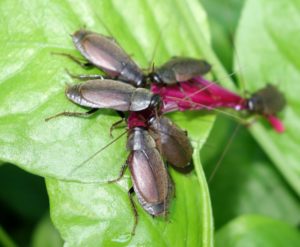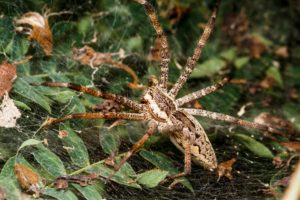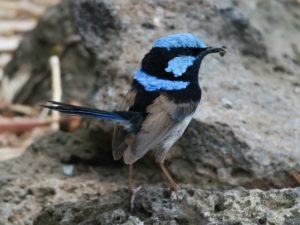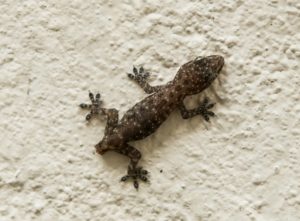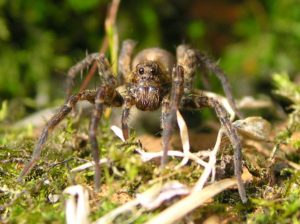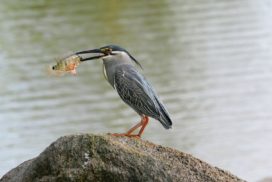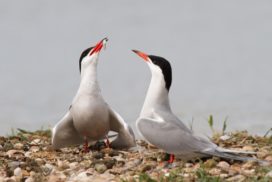HOW DO MALE AND FEMALE BIRDS THAT LOOK ALIKE IDENTIFY POTENTIAL MATES?
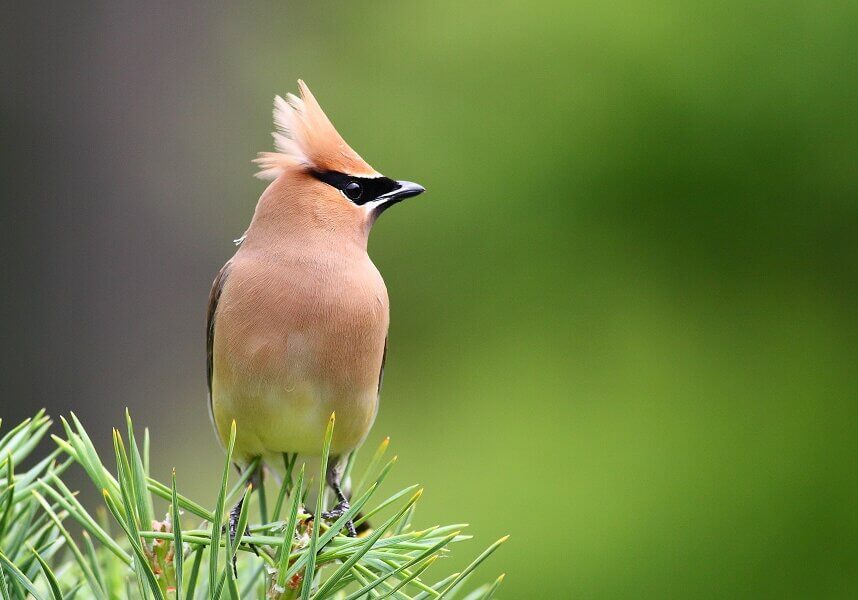
Cedar Waxwing
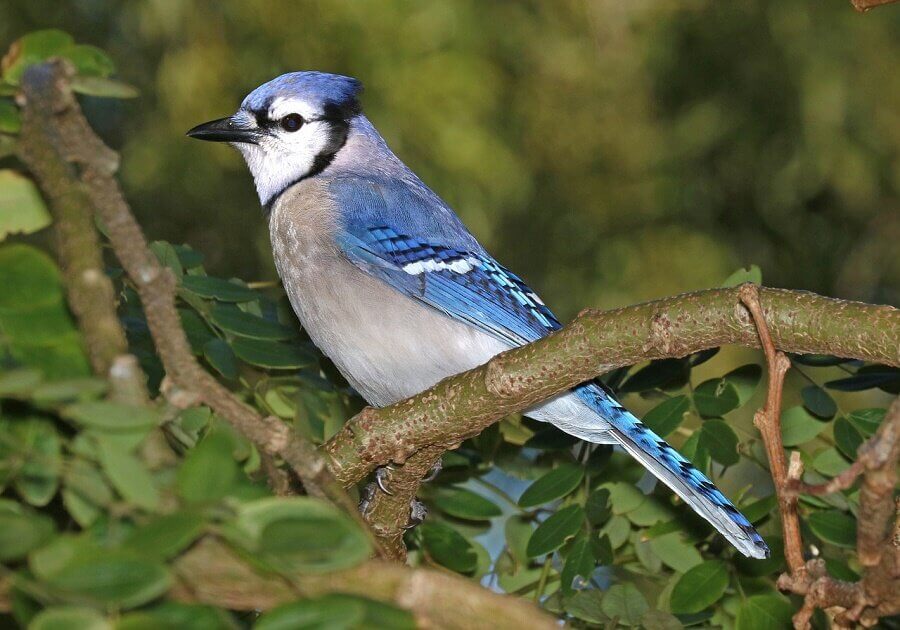
Blue jay bird on a branch
The male and female Blue Jay and Cedar Waxwing look alike and retain their plumage throughout the year. To the human eye they look alike, but that is not true.
According to National Wildlife, birds can see ultraviolet (UV) light. While humans have only three color-detecting cones in their eyes, birds have four. The fourth cone allows birds to see ultraviolet light, which is invisible to human eyes.
Although the male and female Blue Jay and Cedar Waxwing look similar to humans, the male’s feathers reflect ultraviolet light differently from the female’s feathers. The birds see the distinction, which helps them to recognize potential mates.
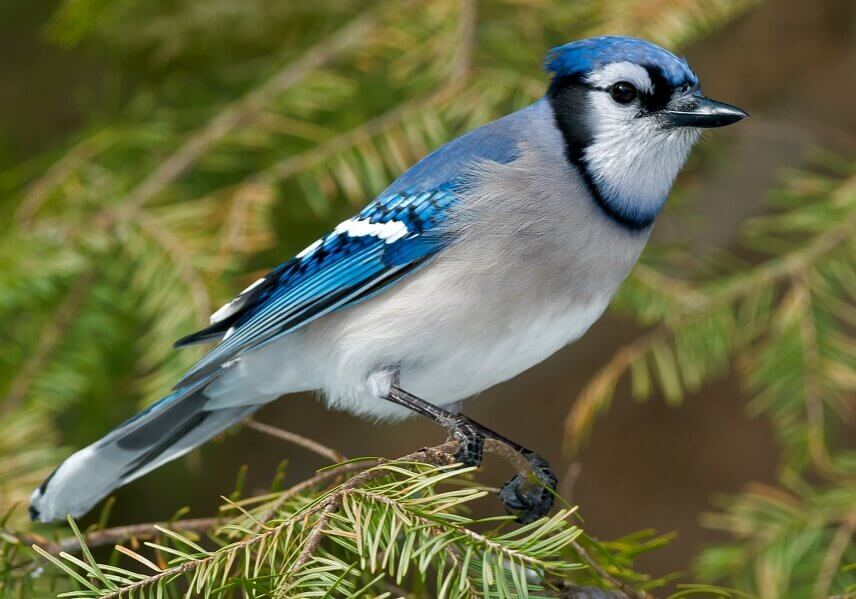
Blue Jay perched on a tree
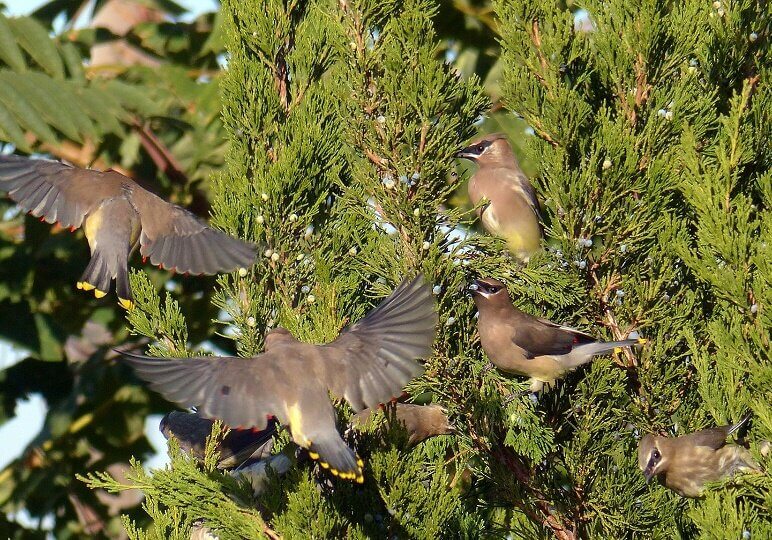
Cedar Waxwing birds on a tree
Recent posts
Join us on social media or subscribe!
Sign up to receive our articles in your inbox!
Enter your name and email address below to subscribe.
